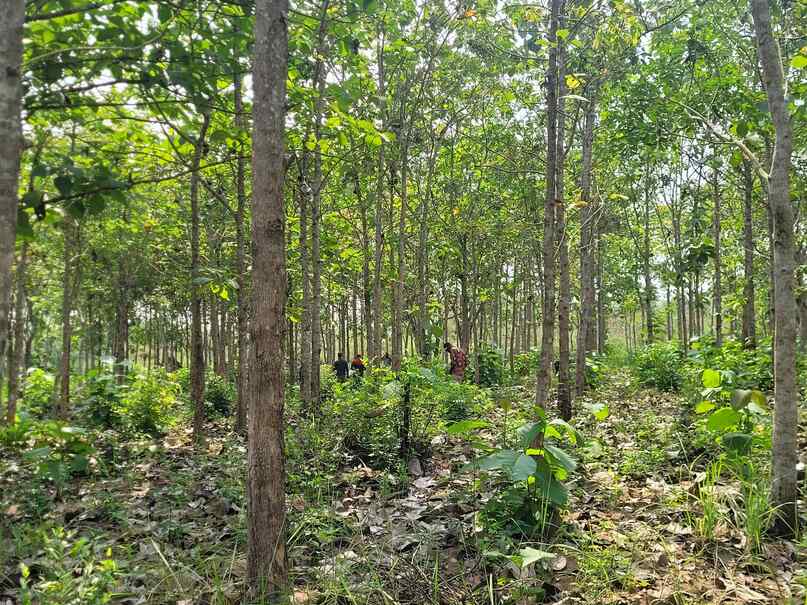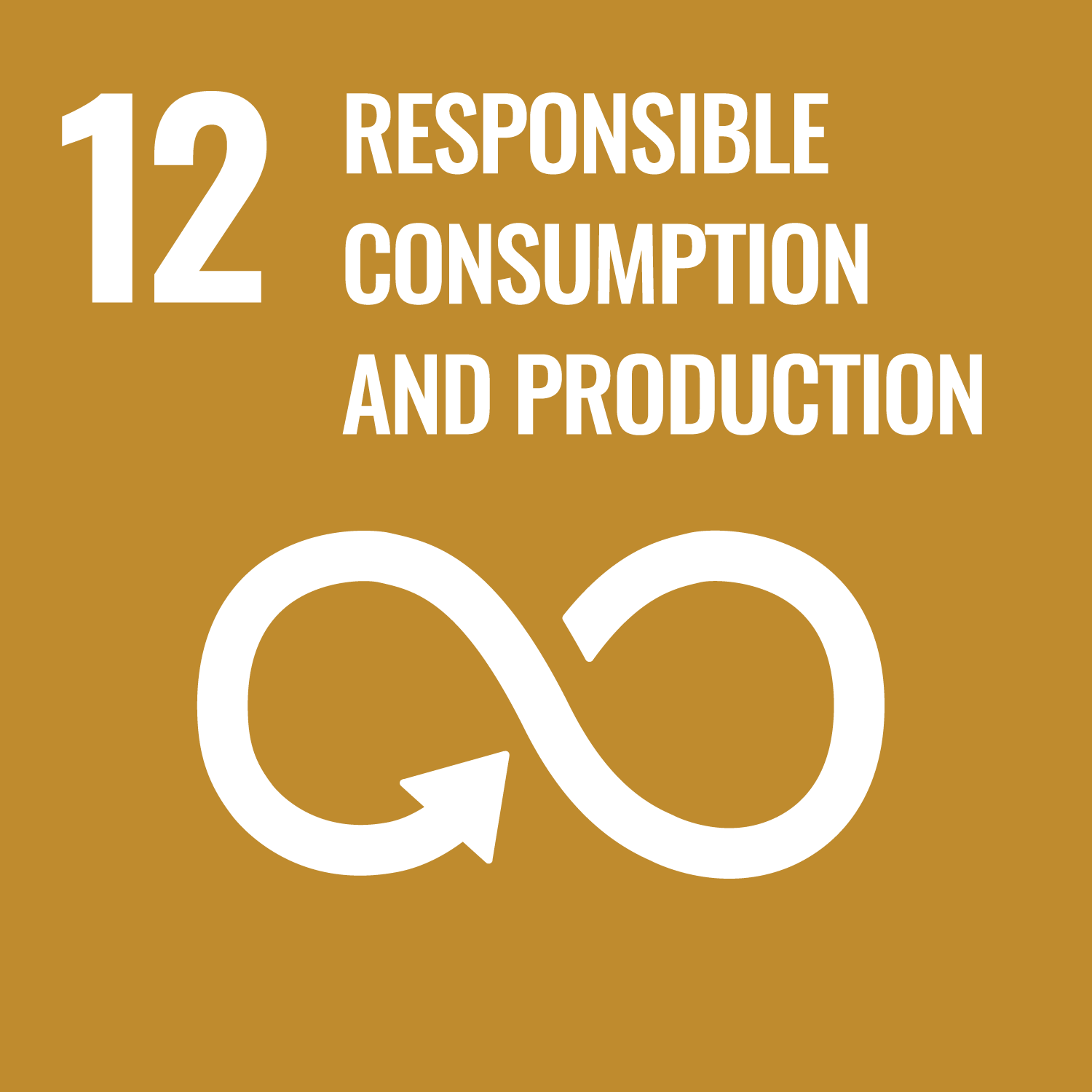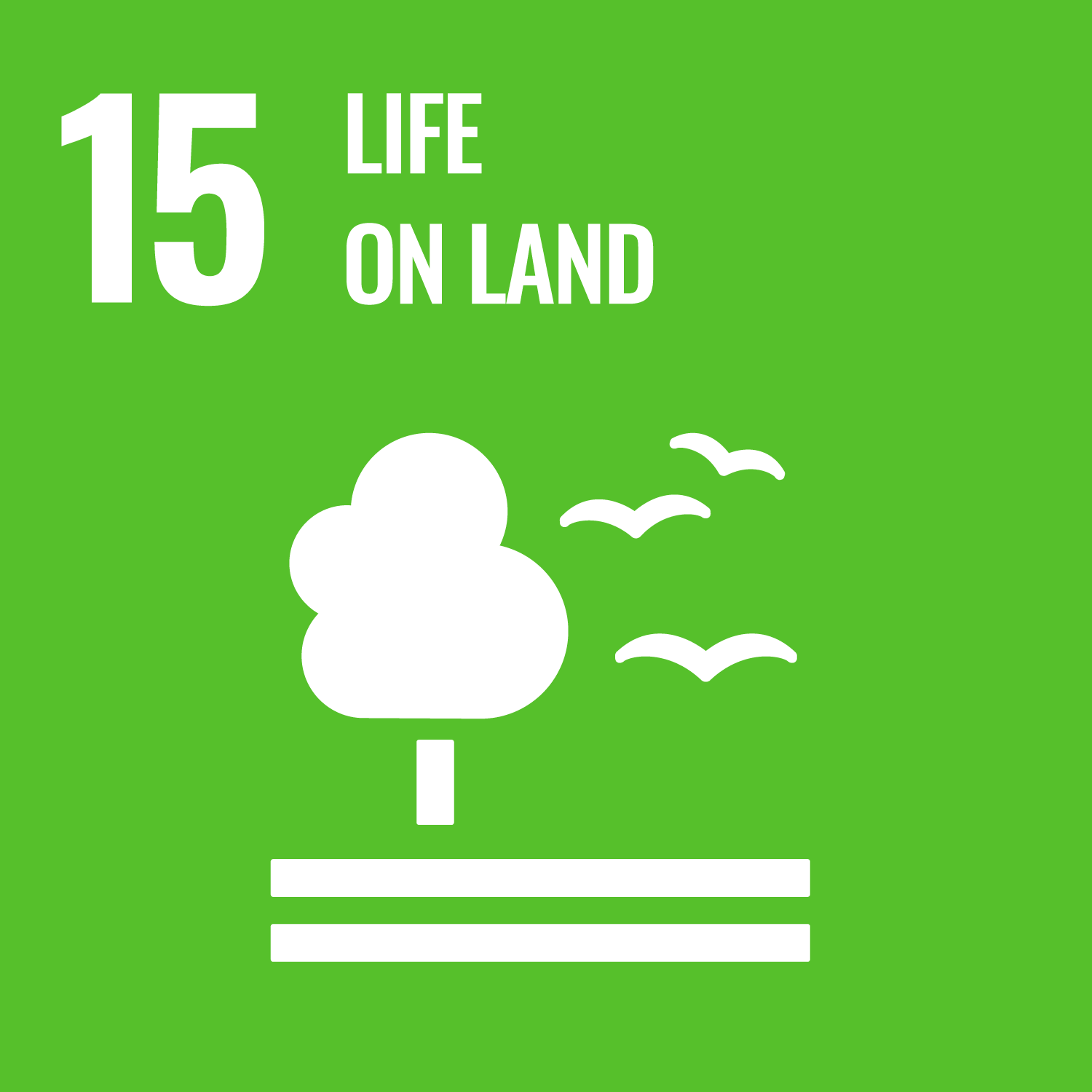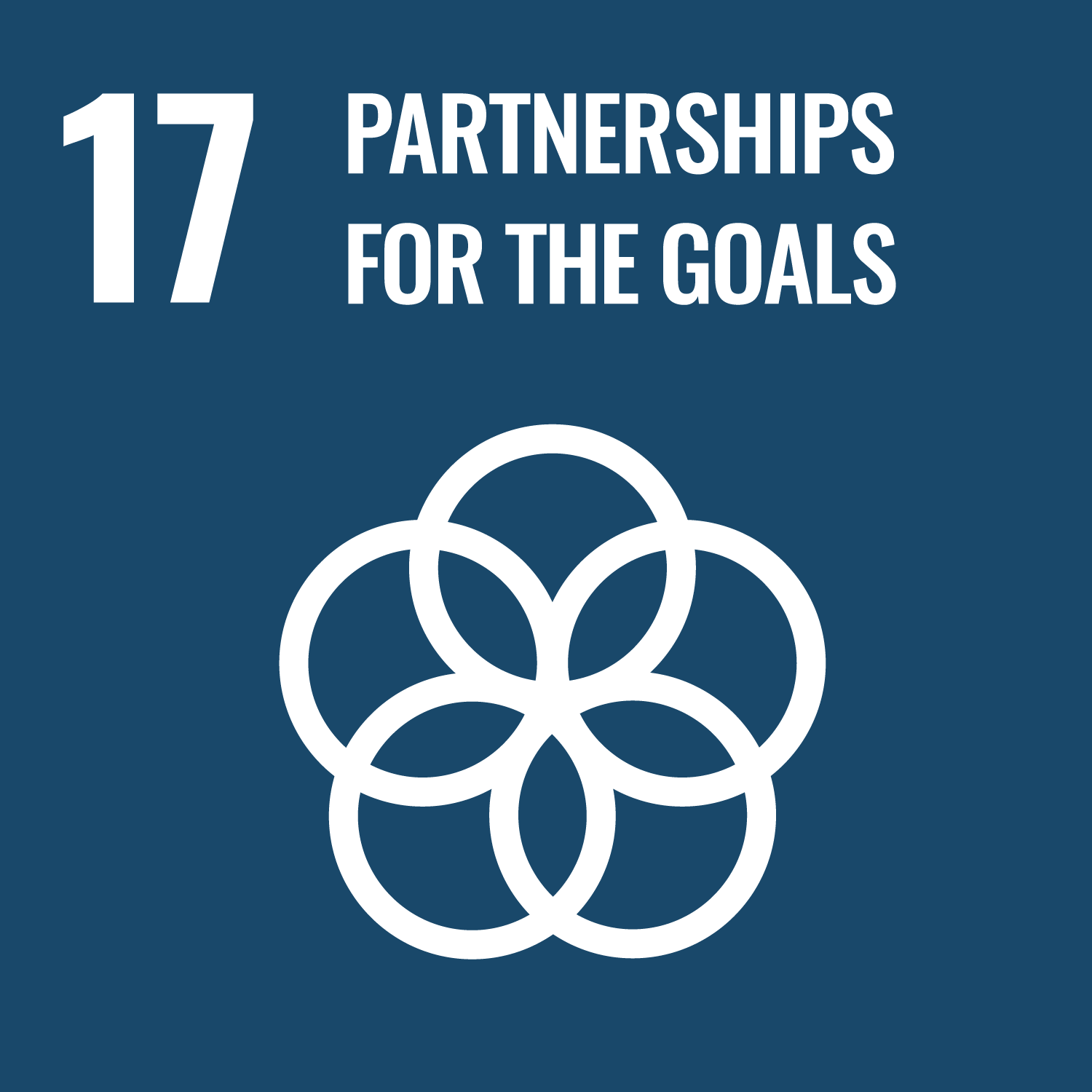ITTO-supported drive for sustainable teak in focus at IUFRO congress
2 July 2024

A teak plantation in Togo. Photo: Kouami Kokou
2 July 2024: ITTO officials and partners provided updates on trends and developments for sustainable teak during a session on day five of the 2024 World Congress of the International Union of Forest Research Organizations (IUFRO), held in Stockholm, Sweden last week.
The session on “Strengthening teak forest management for sustainable teakwood supply chains and trade”, was co-organized by ITTO along with IUFRO and the International Teak Information Network (TEAKNET).
The session was opened by IUFRO Deputy Director Michael Kleine, who highlighted IUFRO’s long-standing collaboration with TEAKNET and support for and participation in teak conferences, workshops and projects with partners including ITTO. He emphasized the capacity of IUFRO’s global network to efficiently gather and provide access to valuable relevant data.
TEAKNET coordinator S. Sandeep presented the results of the Global Teak Resources and Market Assessment 2022, which was launched at the congress. Major highlights of the study revealed that teak is now growing over 80 countries worldwide; the harvest of teak roundwood has increased and teak’s global market share continues to grow. India remains the dominant trading partner and imports 97 percent of the total traded volume.
ITTO Projects Manager Tetra Yanuariadi gave the audience an overview of recent trends in international trade and market access for tropical timber and timber products.
Dr Yanuariadi outlined the case for sustainable forest management (SFM) and trade in legally and sustainably produced tropical timber and wood products, noting the ecosystem services and economic benefits provided by forests, and the need to value them properly.
He underlined ITTO’s mission to support member countries—with work including policy guidance, market information, capacity building, and field projects—to master the challenges of SFM and to expand and diversify trade in sustainable, legally harvested wood.
Describing recent market trends, Dr Yanuariadi reminded the audience of how major crises had impacted the sector.
The global financial crisis of 2008–2009 hurt demand for tropical wood products, though the damage was offset by demand from China and India. More recently, the COVID-19 pandemic and ongoing conflicts have severely affected supply chains, demand and prices for tropical timber and wood products, including teak.
Dr Yanuariadi described trends since 1990 in tropical timber production, consumption and trade, including:
- growth in tropical roundwood production from plantations and a decline in production from natural forests
- the emergence of China as a major producer of tropical sawnwood, based on imported logs
- the leading position of China and Viet Nam as manufacturing hubs for secondary processed tropical wood products
- declining trade since 1990 in tropical industrial roundwood amid a shift in demand from traditional markets to China and India
- a decline in trade in tropical sawnwood amid a transition form products sourced from natural forests to plantations
- the downward trend in trade in tropical plywood, with exports now dominated by China, Indonesia, Malaysia and Viet Nam
- strong growth in exports of secondary processed wood products from tropical countries, with China and Viet Nam as important players for furniture exports
He then expanded on critical issues surrounding market access and current market requirements, including the new European Union Deforestation Regulation (EUDR).
Market developments, he pointed out, depend on market policy and access as well as overall economic trends and specific developments in the construction sector.
Western markets including Australia, the European Union, Japan and the United States of America are implementing policies to improve forest law enforcement and governance and counter trade in illegally harvested timber.
In the European Union, the EUDR is being introduced to eradicate deforestation from supply chains for a host of commodities, including timber, and has attracted considerable discussion among traders.
Dr Yanuariadi said it would be a challenge for producers to meet the requirements of the EUDR, which is to be implemented starting 30 December 2024, including:
- evidence that wood was harvested legally
- evidence including geo-coordinates showing that wood doesn’t originate from a plot where deforestation or forest degradation occurred after 2020
- additional information and risk-mitigation measures for timber from high-risk countries
However, he said some tropical producer countries are well prepared to meet the regulation, given that many enterprises in those countries already use GIS systems, can help provide compliance documents, and have experience under the existing European Union Timber Regulation. Still, other countries are still questioning the practicality of the EUDR with regards to the capacities of their forestry businesses, especially small and medium-sized enterprises.
Other speakers at the event, which was nested under the theme “Towards a responsible forest bioeconomy” included Resource person Hwan Ok Ma, who described the promotion of legal and sustainable teak supply chains; Tran Lam Dong of the Vietnamese Academy of Forest Sciences, who presented on the development of smallholder teak plantations in Viet Nam; Simone Vongkhamho from the National Agriculture and Forestry Research Institute, Lao People’s Democratic Republic (Lao PDR), who spoke on the effect of topographic conditions on teak heartwood quality in a mountainous area; Andrew Callister of the University of Melbourne, who presented on the genomic selection of superior quality teak clone selection for productivity enhancement and value; Yongyut Trisurat of Kasetsart University, Thailand, who presented on smallholder teak plantations in Thailand; Mário Tommasiello Filho of the University of São Paulo, who introduced a comparative study on the wood quality of 22-year old teak plantations in three different locations in Brazil; and Outhai Soukkhy of the Northern Agriculture and Forestry College, Lao PDR, who presented the results of a Nelder wheel experiment in an agroforestry system for livelihood support to farmers in that country.
During the session participants were informed of the 5th World Teak Conference to be held on 17−20 September 2025, in Kochi, India, under the theme “Sustainable development of the global teak sector―adapting to future markets and environments”.
Download the presentations below



